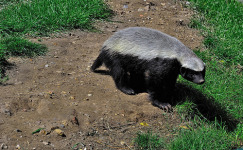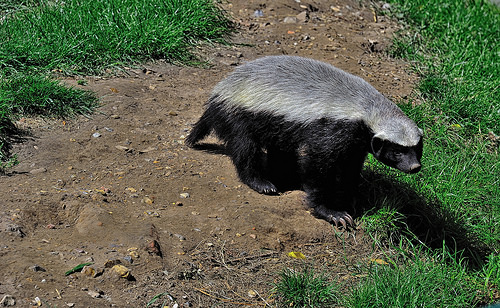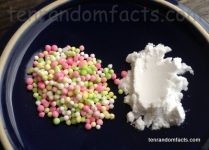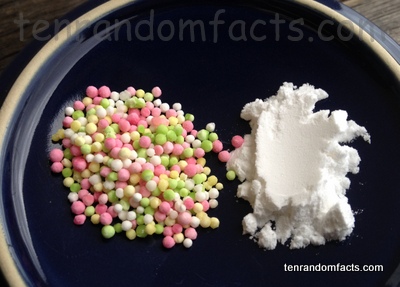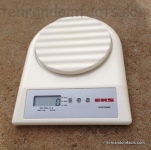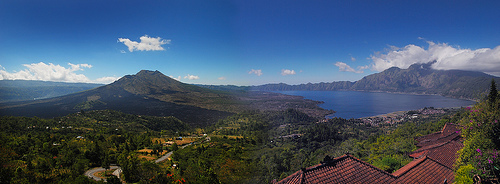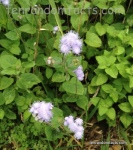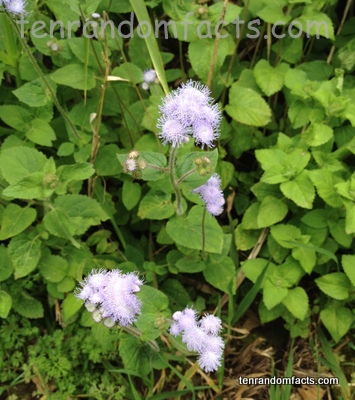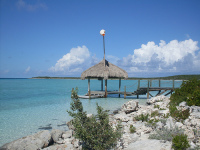
Musha Cay is more than just majestic and beautiful.
- Musha Cay is an island found among the 700 islands and islets of the Bahamas, in the Atlantic Ocean, and is part of the Exuma Chain district.
- Musha Cay is owned privately by David Copperfield, an illusionist from America, who purchased it and ten other nearby islands for approximately $50 million in 2006.
- Musha Cay covers an area of 0.6 square kilometres (0.23 square miles) and is one of the 11 islands in what is known as ‘Copperfield Bay’.
- Musha Cay is a resort, and home to a main manor and a small number of guest villas, that are maintained by around 30 staff.
- Musha Cay has white sand beaches, crystal blue water, and extensive tropical vegetation, and the temperature typically ranges between 21 and 28°C (70 and 82°F).
Musha Cay
Image courtesy of Daniel Piraino/Flickr
- People can hire Musha Cay for a vacation or a getaway for their exclusive use, and only one group, of up to 24 people, are permitted to stay on the island at a time.
- Sergey Brin, the cofounder of Google, was married on the island of Musha Cay in early 2007, and actress Penelope Cruz is also said to have married there in 2010.
- The are many, typical resort style activities that one can participate in at Musha Cay, including boating, fishing and diving, as well as some that are unique to the island, including a treasure hunt, secret village, olympic style competitions, and goldfish racing.
- The buildings on Musha Cay were designed by the architect Howard Holtzman, and artifacts from David Copperfield’s International Museum and Library of the Conjuring Arts can also be found there.
- To stay at Musha Cay, a fee of tens of thousands of dollars is payable per night, making it one of the most expensive islands to holiday at in the world, and while food and many activities are included in the price, massages, international telephone calls, scuba diving, and others, are not.
Bibliography:
About Musha Cay, Private Islands, 2014, Island Hideaway, http://www.islandhideaways.com/private-islands/villas/musha-cay/
Walther G, Musha Cay, David Copperfield’s Magic Private-Island Resort In The Bahamas, 2012, Forbes, http://www.forbes.com/sites/garywalther/2012/11/27/muscha-cay-david-copperfields-magic-island-in-the-bahamas/
Musha Cay, nd, Musha Cay: The Islands of Copperfield Bay, http://www.mushacay.com/





